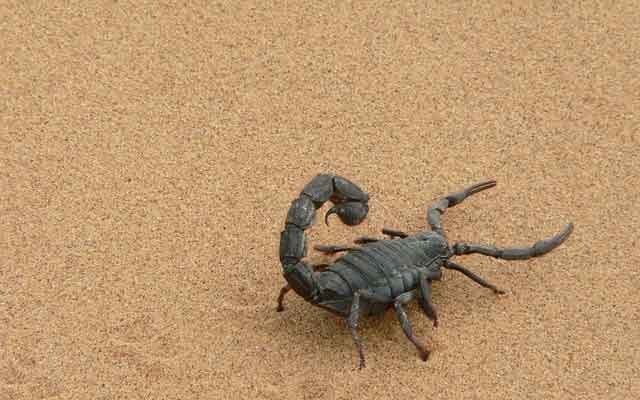Screwworm Prevention and Treatment in Livestock
Treatment Options for Screwworm in Cattle
Reading time : 1 minute,
Discovery Chepe Id-720-ECO
Published in
05-26-2025

Screwworm infestations remain a significant threat to livestock health across many tropical and subtropical regions. These infections, caused primarily by the larvae of the Cochliomyia hominivorax fly, can lead to serious wounds, suffering, and even death in untreated animals. Understanding how to prevent and treat screwworm infections is essential for farmers, veterinarians, and rural communities.
What is Screwworm?
Screwworms are parasitic larvae that feed on the living tissue of warm-blooded animals. Once a female screwworm fly lays her eggs in a wound or opening, the larvae hatch and burrow deeper, enlarging the wound and increasing the risk of secondary infections. If left untreated, the infestation can be fatal.
Symptoms to Watch For:
1- Visible wounds that worsen over time
2- Foul odor from infected areas
3- Signs of distress such as restlessness or decreased appetite
4- Presence of maggots in the wound

Managing Screwworm Infections in Farm Animals
Effective Treatment Options:
Once a screwworm infection is diagnosed, immediate action is crucial. The following steps are commonly used in treatment:
a) Manual removal of larvae: This step is critical. Each maggot must be removed carefully, ensuring none are left behind.
b) Wound cleansing and disinfection: Clean the area using antiseptics such as iodine or hydrogen peroxide to reduce bacterial infection.
c) Application of larvicides: Products containing organophosphates or ivermectin can kill remaining larvae and prevent reinfestation.
d) Antibiotics: If a secondary infection is present, systemic antibiotics may be prescribed by a veterinarian.
e) Veterinary supervision: A professional should always oversee treatment to ensure effectiveness and avoid complications.
Prevention Strategies:
Preventing screwworm infestations is often more effective and economical than treating them. Here are several proven prevention measures:
1- Proper wound care: Any cut, scratch, or surgical site should be monitored closely and kept clean to prevent egg-laying by flies.
2- Fly control measures: Use insect repellents, traps, and insecticide-treated netting in animal shelters.
3- Scheduled inspections: Regular checks help identify early signs of infestation, especially during warmer months.
4- Sterile insect technique (SIT): This method involves releasing sterile male flies to control populations. It has proven highly effective in regions like the United States and parts of Central America. For more information, visit the USDA Screwworm Program.
5- Isolation of new or injured animals: Quarantine animals with wounds or signs of infection until they are fully healed.
6- Vaccination research: While no commercial vaccine exists yet, ongoing research offers hope. You can follow updates via the World Organisation for Animal Health.
The Human Cost and Responsibility
Though the economic loss is measurable, the suffering of the animals is often underappreciated. Farmers and ranchers carry a great responsibility not only for productivity but for the welfare of their animals. A well-informed approach to screwworm prevention and care can mean the difference between survival and loss.
Conclusion
Screwworm infections in livestock can be devastating, but with a combination of vigilance, preventive measures, and prompt treatment, they are entirely manageable. Staying educated and proactive is key. Together, the farming community and veterinary professionals can protect animals and livelihoods alike.
For further details and updated guidelines, visit the FAO Animal Health Division.
Healthy livestock means a healthier planet prevention starts on the farm.
This article is for informational purposes only, please do not hesitate to consult an expert.
See Also
Discovery Chepe
Most read...















